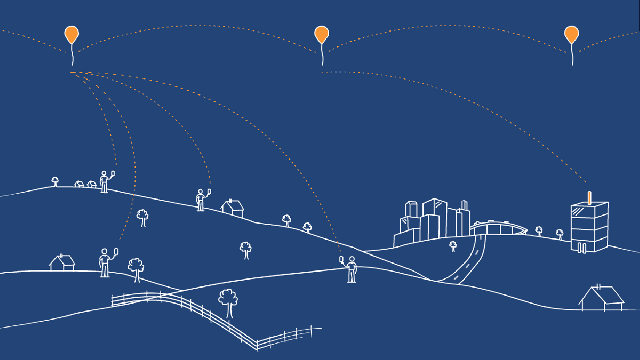Google wants everyone around the globe to connect to the internet. For obvious reasons, so more user can use their products and platforms so that the company can track their online habits to serve them with better-targeted ads and Google keep making more money.
In the industrialized world, Google is almost hitting a saturation point. Virtually everyone is connected to the internet, and they have already formed a fairly predictable browsing habit, and there is not much Google can do to have them see more ads and monetize from them.
However, the developing world promises greater room for growth, as the vast majorities are not connected to the internet. Even those with access to the internet, (usually people in urban areas) the cost of getting online is restrictively high.
So Google decided to bridge that gap, wish to connect to the internet, and the restrictive barriers to getting online. The search engine giant wants to fly giant air balloons high up in the stratosphere and zap down beams of Wi-Fi connection, in what has been described as the ‘Wi-Fi for the World.’
This idea was first conceptualized some four years ago, and now Kenya has become a testing ground for Project Loon. Google is currently zapping down internet in at least four towns across Kenya; Nakuru, Nyeri, Nanyuki, and Marsabit. Google has ten balloons floating at high altitudes over these towns.
The balloons float over an area beaming down internet connection and move around in the direction of the wind. At different altitude, the wind moves in different directions and different speeds. To maneuver the balloons, Google floats them at different altitude depending on the direction and the speed the company wants them to float.
While eventually, one balloon will float away from a given area disconnecting users on the ground. Google has an algorithm to predict the speed and direction of the winds at different altitude. Then they have set the balloons to float in such a fashion that when one gets blown by the wind out of range, the next balloon will be coming into that same exact range as the wind blows.
More details on this, is available in our previous article here.



